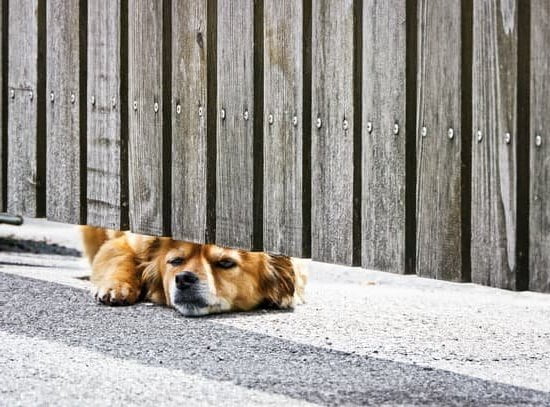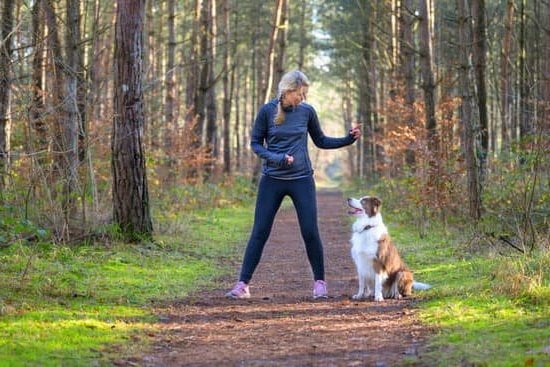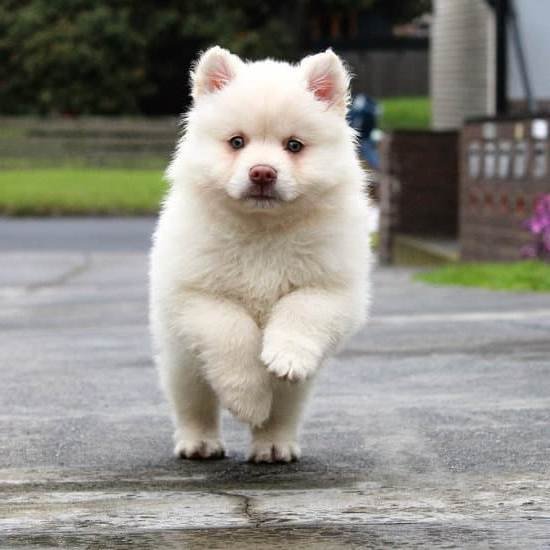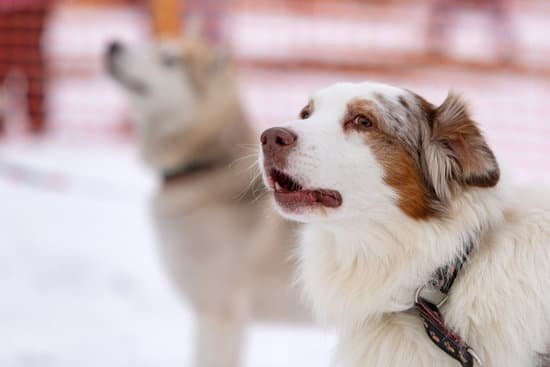How To Train Your Dog Not To Pull The Leash
One of the most common issues dog owners face is their dog pulling on the leash. Dogs will pull on the leash for various reasons, but the most common is excitement or anticipation of going for a walk. Other reasons can include wanting to greet a person or animal, wanting to explore an area, or trying to get away from something.
There are a few things you can do to help your dog not pull on the leash. First, make sure you are always in control of the leash. This means that you should be the one walking and the dog should be following you. If the dog is walking ahead of you, it is in control and will most likely continue to pull on the leash. Second, start with basic obedience commands such as sit, stay, and come. Once your dog knows these commands, you can use them to help keep your dog under control. If the dog starts to pull on the leash, give the command to sit or stay and wait for the dog to obey before continuing on your walk. Finally, always reward your dog for obeying your commands. Positive reinforcement is the best way to train your dog and will help them learn the desired behavior quicker.
If you are consistent with these tips, you will be able to help your dog not pull on the leash. It may take some time and patience, but it is well worth it in the end.
Training Dog Leash
A training dog leash is an important piece of equipment for any dog owner. There are a variety of leashes on the market, but a training leash is specifically designed to help owners train their dogs.
Training leashes are typically made of a stronger material than standard leashes, and they have a thicker handle to give owners more control. They also have a loop at the end that can be used to attach a training collar.
Training leashes are an essential tool for teaching dogs basic commands such as sit, stay, come, and heel. They can also be used to correct bad behaviors, such as jumping up on people or pulling on the leash.
When using a training leash, it is important to be consistent with your commands and to reward your dog for good behavior. Start by teaching your dog the basic commands, and then move on to more difficult behaviors. Be patient and keep rewarding your dog for making progress.
A training dog leash is an important piece of equipment for any dog owner. There are a variety of leashes on the market, but a training leash is specifically designed to help owners train their dogs.
Training leashes are typically made of a stronger material than standard leashes, and they have a thicker handle to give owners more control. They also have a loop at the end that can be used to attach a training collar.
Training leashes are an essential tool for teaching dogs basic commands such as sit, stay, come, and heel. They can also be used to correct bad behaviors, such as jumping up on people or pulling on the leash.
When using a training leash, it is important to be consistent with your commands and to reward your dog for good behavior. Start by teaching your dog the basic commands, and then move on to more difficult behaviors. Be patient and keep rewarding your dog for making progress.
How To Train Your Dog To Walk Beside You Off-Leash
Many people dream of having a dog that they can take for a walk off-leash. But how can you train your dog to walk beside you without a leash
The first step is to make sure that your dog is properly trained. You will need to teach your dog basic commands such as “sit”, “stay”, and “come”. Once your dog knows these commands, you can start working on training them to walk beside you.
The best way to train your dog to walk beside you is to use a cue such as “let’s go”. When you say this cue, you should start walking and your dog should walk beside you. If your dog starts to pull ahead or lag behind, you should stop walking and wait for your dog to catch up. Once your dog is walking beside you, you can start walking again.
If your dog starts to pull ahead or lag behind, you should stop walking and wait for your dog to catch up.
It will take time and patience to train your dog to walk beside you off-leash, but it is definitely worth the effort. Having a dog that can walk beside you without a leash is a great way to show off your training skills and to enjoy a relaxing walk with your furry friend.
20 Ft Dog Training Leash
When it comes to finding the perfect leash for your dog, there are many things to consider. The length of the leash, the material, and the clasp are all important factors in finding the right leash for your pup.
One of the most important things to consider when choosing a leash is the length. A leash that is too short may make it difficult for your dog to explore and play, while a leash that is too long can be a safety hazard. A good rule of thumb is to choose a leash that is about 20 feet long. This will give your dog plenty of space to run around and play, but will also keep them close enough to you that you can keep an eye on them.
The material of the leash is also important. A leash made of durable materials, like nylon or leather, will last longer and be more resistant to wear and tear. A leash with a good clasp is also important, as it will keep your dog safe and secure.
When choosing a leash, it is important to consider all of these factors. A 20 foot dog training leash is a good option for most dogs, as it is long enough to give them plenty of room to play, but short enough to keep them safe. Made of durable materials, with a strong clasp, this leash is perfect for any pup.
Dog Training Nose Leash
Most people think that a dog leash is only for walking a dog. However, there are many other purposes for a dog leash. One such use is as a nose leash.
A nose leash is a leash that is attached to a dog’s nose. It is used to train a dog to stay close to a person. A nose leash is also used to train a dog to not wander away.
A nose leash is a good way to train a dog to stay close to a person. It is also a good way to train a dog to not wander away.
“

Welcome to the blog! I am a professional dog trainer and have been working with dogs for many years. In this blog, I will be discussing various topics related to dog training, including tips, tricks, and advice. I hope you find this information helpful and informative. Thanks for reading!





